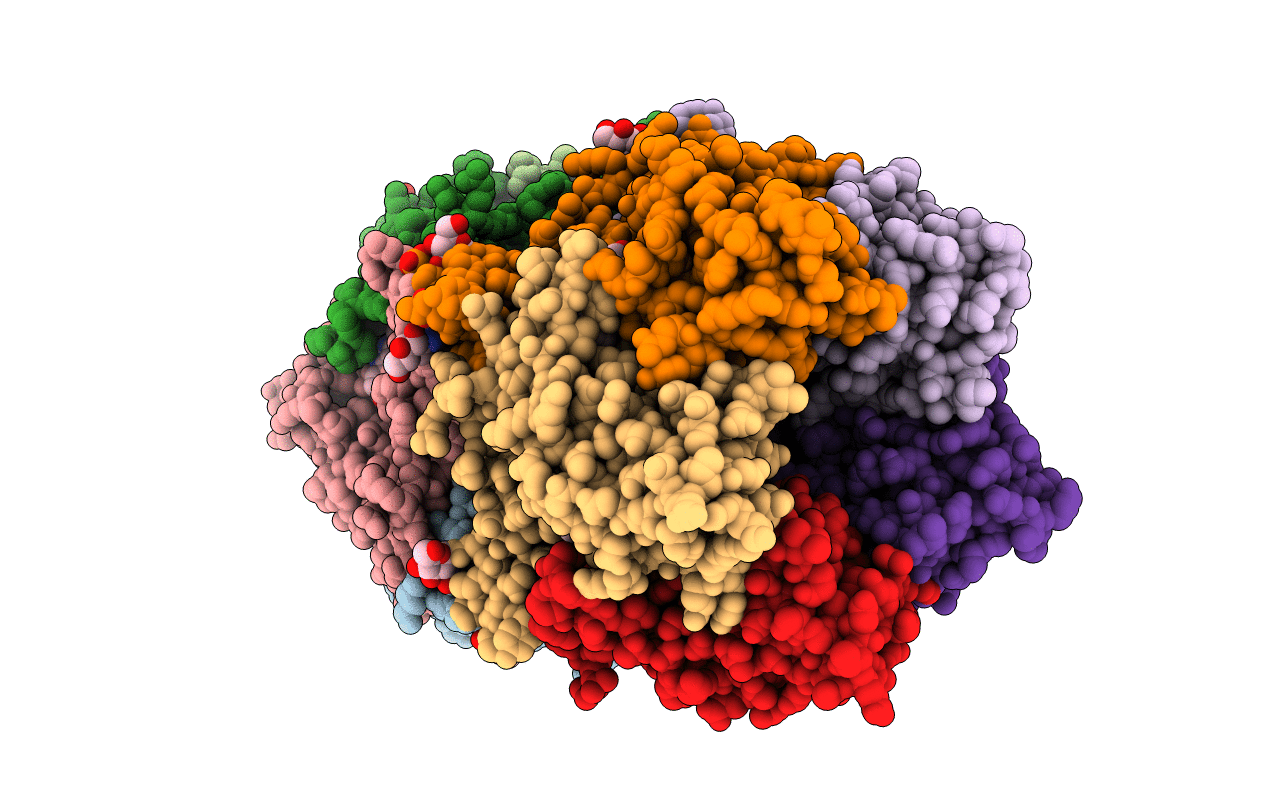
Deposition Date
2016-04-02
Release Date
2017-03-08
Last Version Date
2024-10-23
Entry Detail
PDB ID:
5J5I
Keywords:
Title:
X-Ray Crystal Structure of Acetylcholine Binding Protein (AChBP) in Complex with 4-(2-amino-6-{bis[(pyridin-2-yl)methyl]amino}pyrimidin-4-yl)phenol
Biological Source:
Source Organism:
Lymnaea stagnalis (Taxon ID: 6523)
Host Organism:
Method Details:
Experimental Method:
Resolution:
2.33 Å
R-Value Free:
0.25
R-Value Work:
0.18
R-Value Observed:
0.18
Space Group:
P 1 21 1


